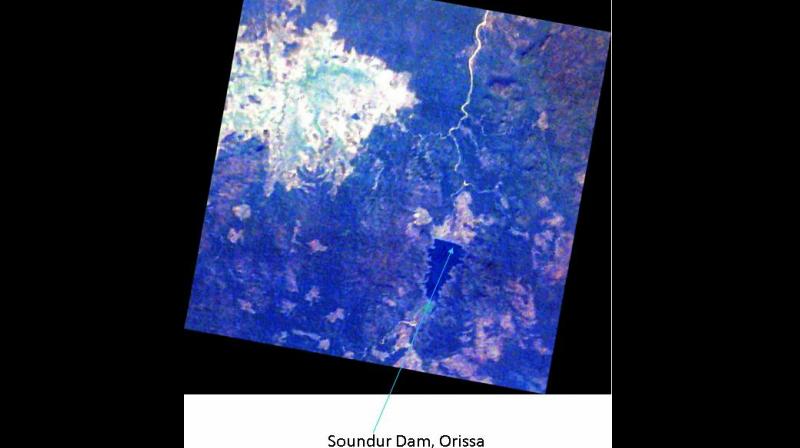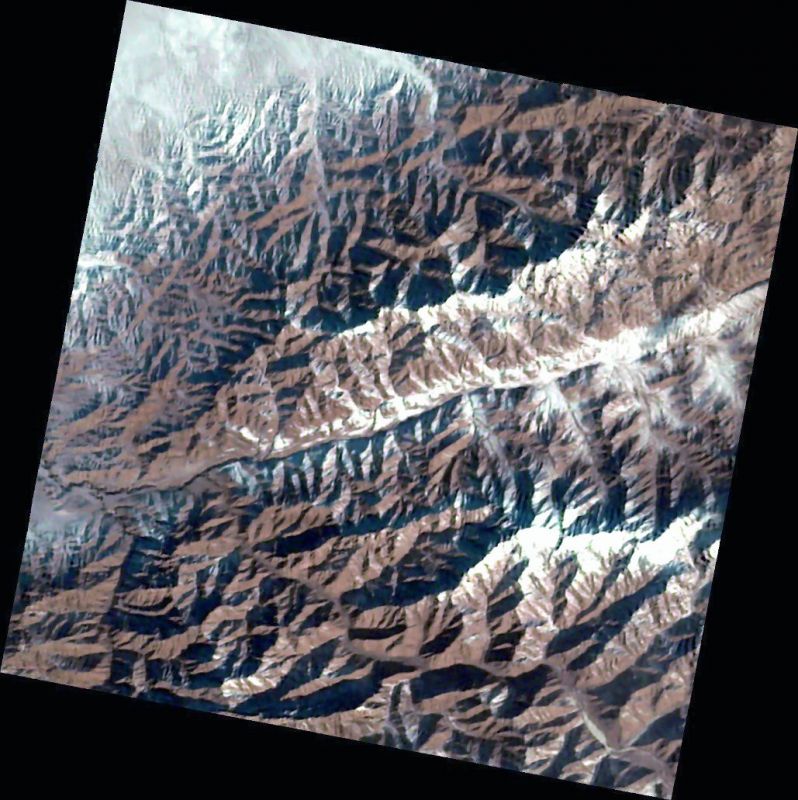Isro tests ultra high-tech camera

Nellore: The Indian Space Research Organisation has developed and tested a sophisticated camera that provides RGB photographs of a 29 km x 29 km area along with 23 km ground sampling from the polar sun-synchronous orbit at an altitude of 505 km.
The camera is part of the Indian Nano Satellite-1C, which is an experimental satellite launched by PSLV-C40 on January 12, 2018 as a co-passenger payload. It is the third satellite in the Indian Nano Satellite series.
The first two satellites of the same series — INS-1A and INS-1B — were carried as co-passenger payloads by PSLV-C37 in February, 2017. INS-1C carries a Miniature Multi-spectral Technology Demonstrat-ion Payload from the Space Applications Centre of the Isro in Ahmedabad.
According to Isro engineers, compact imaging sy-stems with reduced weig-ht and size offer tremendo-us opportunities for use in space-borne micro or nano satellites and for planetary missions where size and weight are required to be at a minimum.
 Himalyan Region seen from INS -1C.
Himalyan Region seen from INS -1C.
Although miniature cameras such as those found in cellphones are now available commonly, their resolution and light collection capabilities are poor with respect to their larger counterparts. The Robust Technology Development Programme of SAC, Isro had developed an innovative satellite payload using the concept of origami, the art of paper folding. The INS-1C payload team has used the concept of multi-fold reflective optics to design imagers of significantly reduced thickness, as compared to those with conventional refractive cameras.
This multi-fold optical configuration is known as origami optics. It is important to note that the reflective optics is based on metal mirrors, rather than the usual glass based origami lens. The use of metal reflectors makes the camera potentially more versatile in terms of spectral coverage. The mirrors and the optical assembly were developed at the ISRO. The optics has been fabricated using a single-point diamond turning machine with a fast-tool servo.
The first payload operation was carried out successfully on January 16, 2018, and since then, the payload has provided excellent images. Data sent by this camera is useful for topographical mapping, vegetation monitoring, aerosol scattering studies and cloud studies etc.

